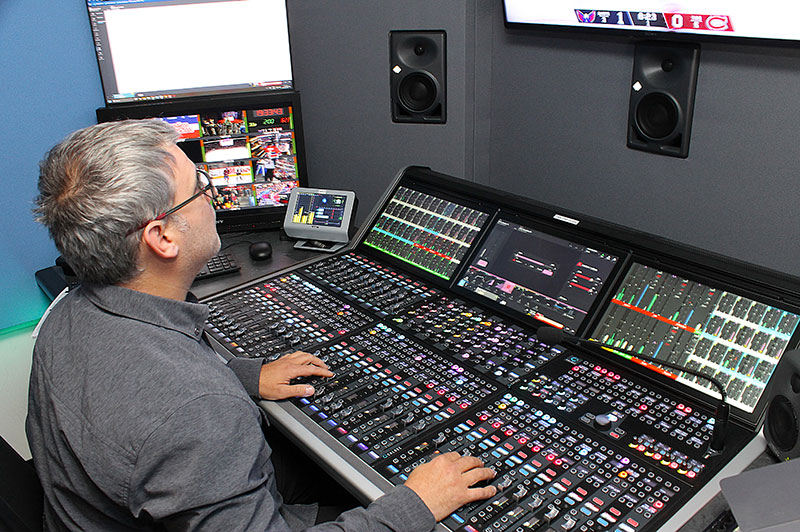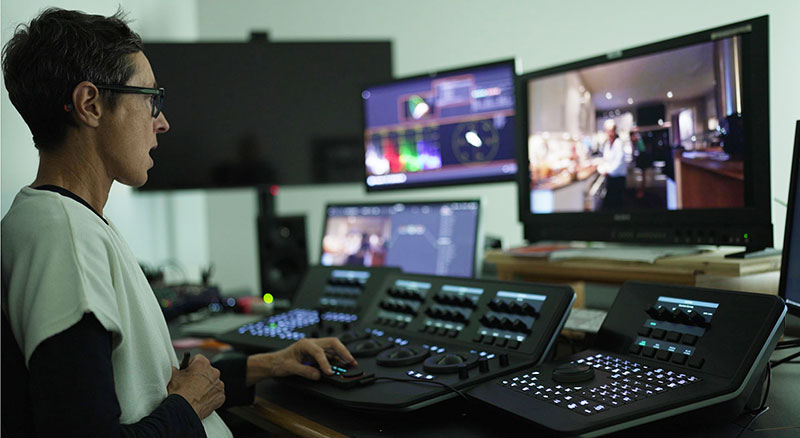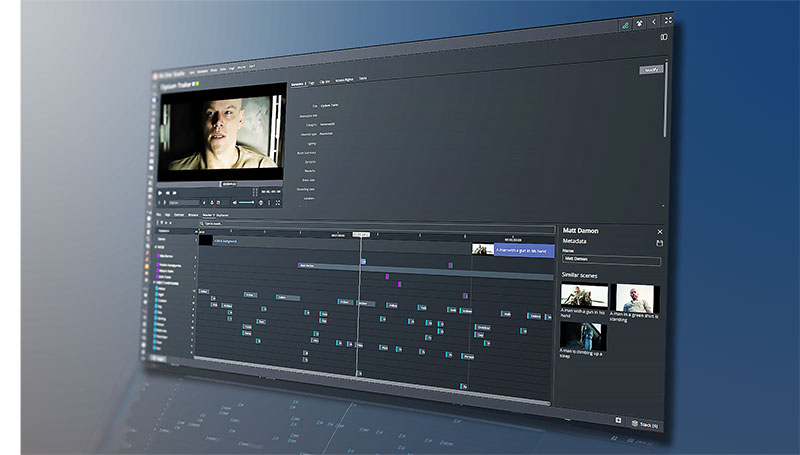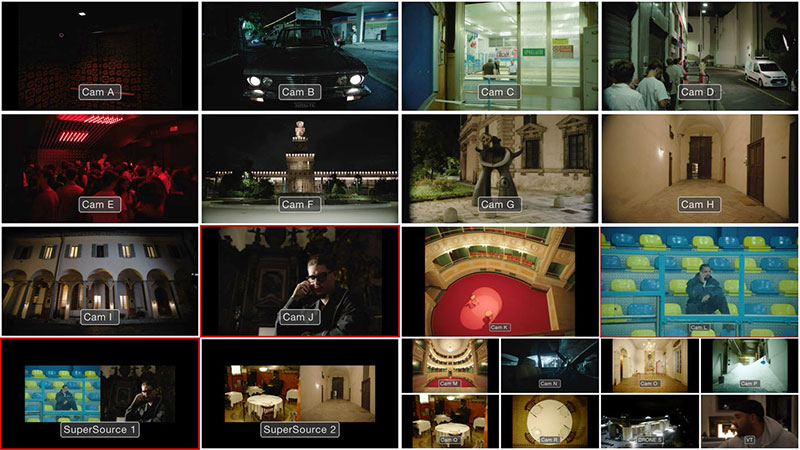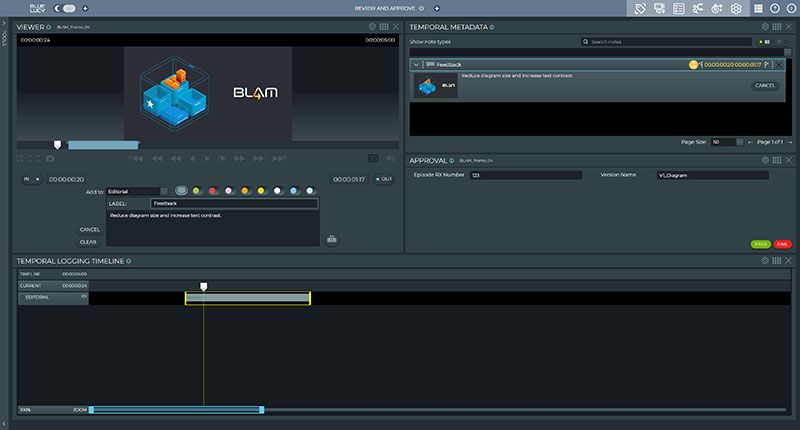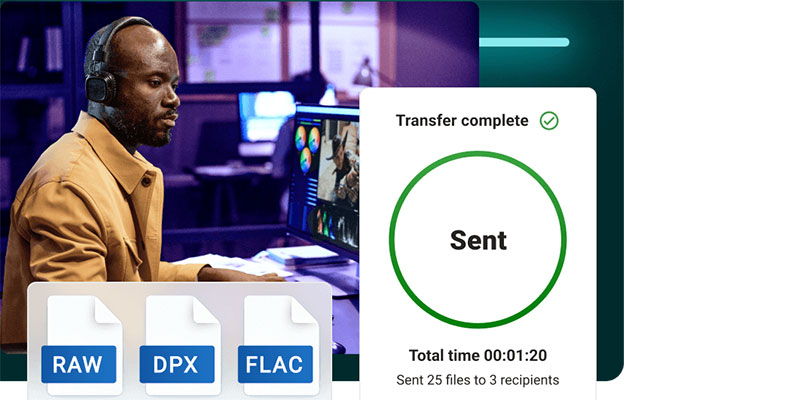The convergence of linear and digital TV delivery is a key influence in broadcast today that can be monitored, managed and taken advantage of to make viewers’ experience better than ever.

Ignacio Revuelto Rosello, Product Marketing Manager at Imagine Communications, talks about the convergence of linear and digital television delivery and how to navigate its influence on the broadcast industry today. It may be unstoppable but there are ways to monitor and manage convergence, and even take advantage of it to make the viewer’s experience better than it has ever been.
“Traditional linear television has been around for more than 80 years, and in that time audiences have grown accustomed to its look and feel,” Ignacio said. “They also appreciate much of what it gives them: the essential values of linear television are appealing. For instance, programs are shown at appropriate times, and regulations exist to control the amount of advertising shown and the way it can be presented.
Blending Programming and Advertising
“The linear advertising experience is the result of all those years of striving to deliver for both audiences and advertisers. It is in everyone’s best interests if spots are not repeated too often, as audiences will disengage. Choosing the right commercials for the program ensures that audiences are likely to be receptive.”
Scheduling and commercial campaign placements have become core skills in running a successful linear channel, leading to an ideal experience known as the ‘broadcast premium’.
But new entrants to the market, like the digital-first providers, now see the broadcast premium as something that they, too, aspire to. They want to give audiences the convenience of watching when and where they like, but still keep the qualities associated with linear channels.
“In simple terms, digital and linear media services are converging. This is an inevitable, on-going process. But it does highlight three major issues that need to be addressed,” said Ignacio.
Linear – Here to Stay
The first is commercial. Despite the obvious attractions of digital services, linear television is still very popular with both audiences and advertisers. Today, linear television drives 70% of revenues – subscriptions and advertising.
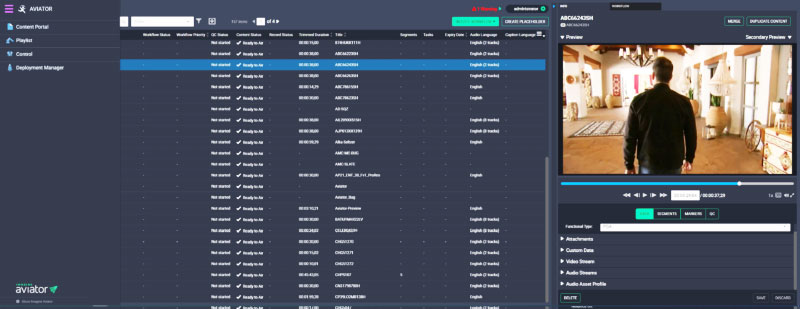
Aviator Content Portal
“We spend a lot of time at Imagine studying the forecasts for our industry and compiling them into a picture of where we are heading,” Ignacio said. “This helps us focus our developments. And what those forecasts are telling us, consistently, is that by the end of the decade the financial split will have moved from 70/30 to 50/50.
"But here’s the important point. That shift will happen not because linear television will lose any of its value. The predictions are that linear revenues will hardly be eroded at all. The move to 50/50 will be due to an expansion of the total addressable market, driven by growth in digital services of as much as 15% a year.”
The second consideration concerns technological change, and here again the direction is towards convergence. The current hot topics – video-over-IP, data-driven decision engines and increased automation, use of the cloud for elastic deployments – are common, whatever the delivery platform. Furthermore, while digital on-demand services may continue to have the edge for targeted commercials, dynamic ad insertion is gaining importance in linear channels and broadcast catch-up, ensuring that timely, appropriate spots are delivered for the time of day and demographics.
The Unified Audience
Finally, operations are transforming as media businesses, wherever they start from, recognise that they are striving to reach one audience. Ignacio said, “Those who come from a broadcast background have to acknowledge that it is their content and their audience that matter, regardless of how viewers choose to watch and when they do it. That audience rightfully expects the same experience and quality, whatever the platform.
“The logical extension of that idea is that there should be one platform to serve this audience, no matter how fragmented. Separate silos defined by technology are irrelevant when we are trying to provide the best service to audiences – and to advertisers.
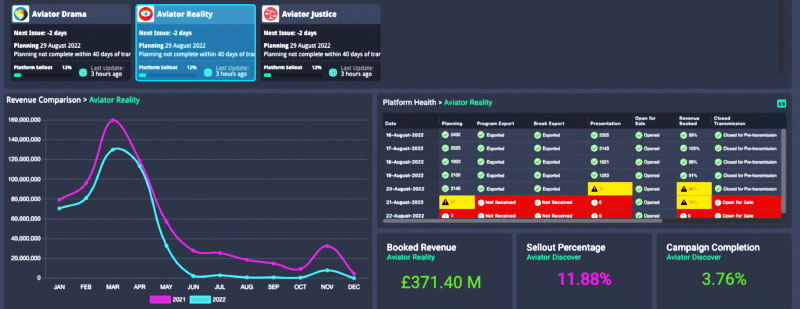
Aviator Monetise
“Imagine recognises this need for a single, coherent platform to manage every step of the process from acquisition to delivery. From our long history in channel playout, content management and advertising sales, we took our knowledge and experience and created a radical new origination and monetisation platform, Imagine Aviator, as a truly cloud-native platform.”
Aviator’s functionality is developed for broadcasters, MVPDs and digital-first providers who need to plan, originate and maximize the revenue opportunities, and delivers premium video services to all platforms from a single system.
Modular Software
Designed using a modern software-based architectures, Aviator is modular at the application level, so that users can select the functionality and the connection to third-party systems they need. “To guide the process, Aviator can be divided into three fundamental pillars that we call Plan TV, Make TV and Monetize TV,” said Ignacio.
“Plan TV covers rights management, as well as scheduling and content planning. Users are supported in designing the variants needed for different viewing devices, delivery formats and regional and localised services, using as much automation as is practical. The program content, commercials, trailers, station branding and all the other material are combined into frame-accurate playlists for each service.”
Make TV has the tools needed to produce sophisticated linear channels across diverse platforms and device types, from a unified origination system. The user can establish, configure and populate new services very quickly, making it practical to launch channels as the market demands them. Ignacio said, “You might want to set up a FAST channel to enter new markets, or a series of pop-up sports channels to serve a specific event or tournament. Aviator helps you to create and implement services as needed, with minimal technical complexity.
Cross Platform Revenue
“Monetize TV, of course, is about generating revenues across platforms. Starting from the principle of one brand, one audience and, from there, one advertising proposition, the software handles tasks from sales and cross-platform campaign management, to ad placement and serving in a single system.”
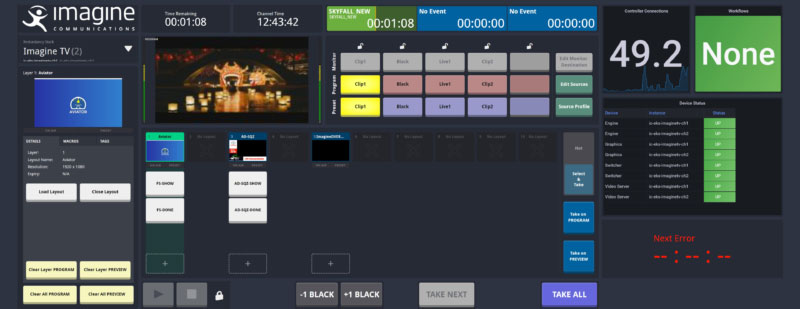
Aviator Control
Intelligence in the system optimises the use of ad inventory in order to achieve campaign targets across all outputs, which in turn makes the most of revenue opportunities. Smooth integration with Imagine’s SureFire video ad server adds a further level of automation by making sure the right ad is always served at the right time, to the right viewer.
“The convergence train is rolling, and it is unstoppable. Aviator opens the route to track and manage all aspects, in a single, intuitive and highly automated environment. The result is a more coherent and consistent viewing experience for the audience and a more precisely targeted and focused proposition for advertisers. imaginecommunications.com










